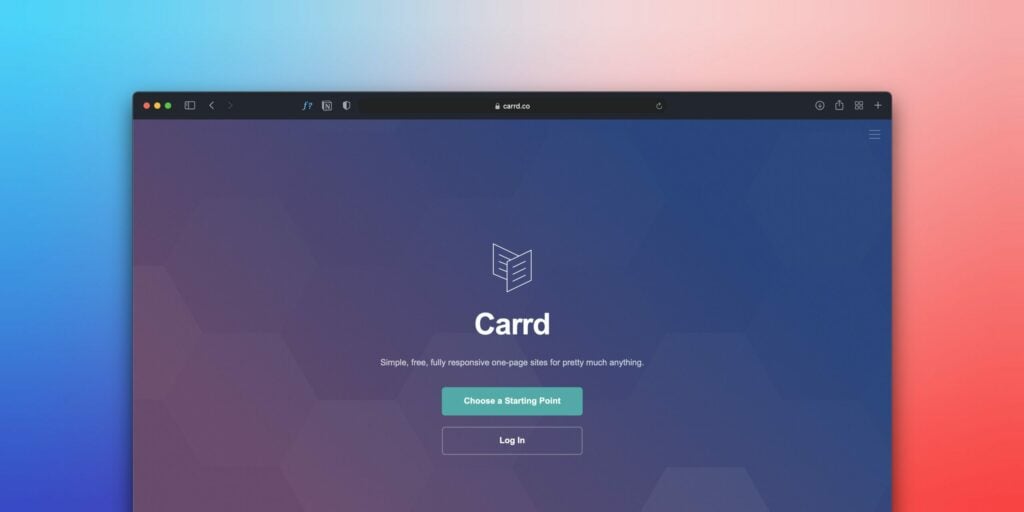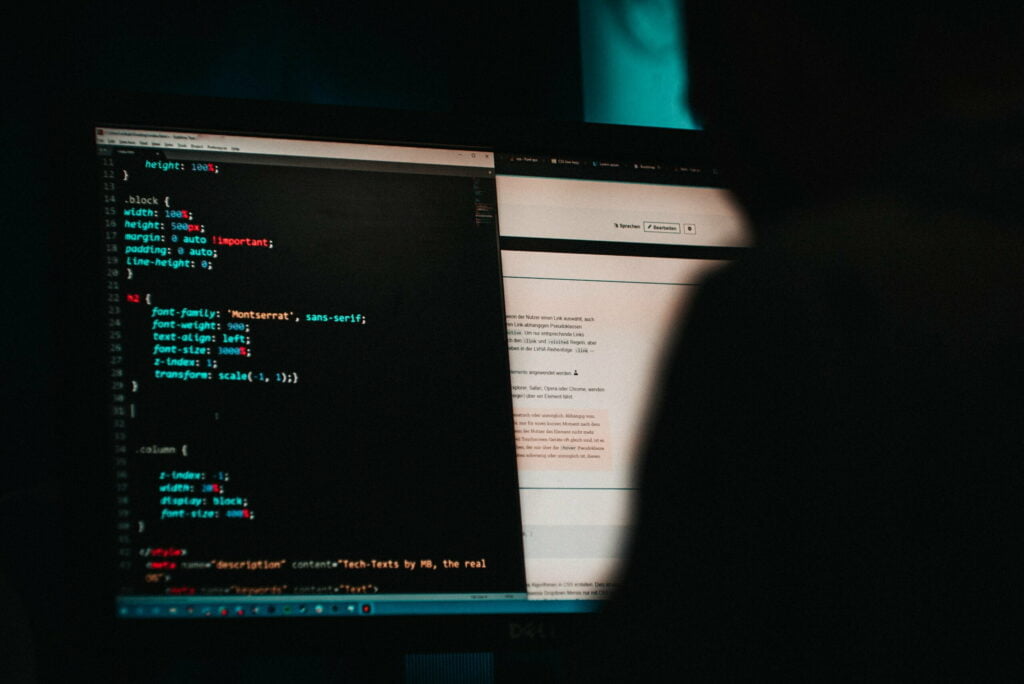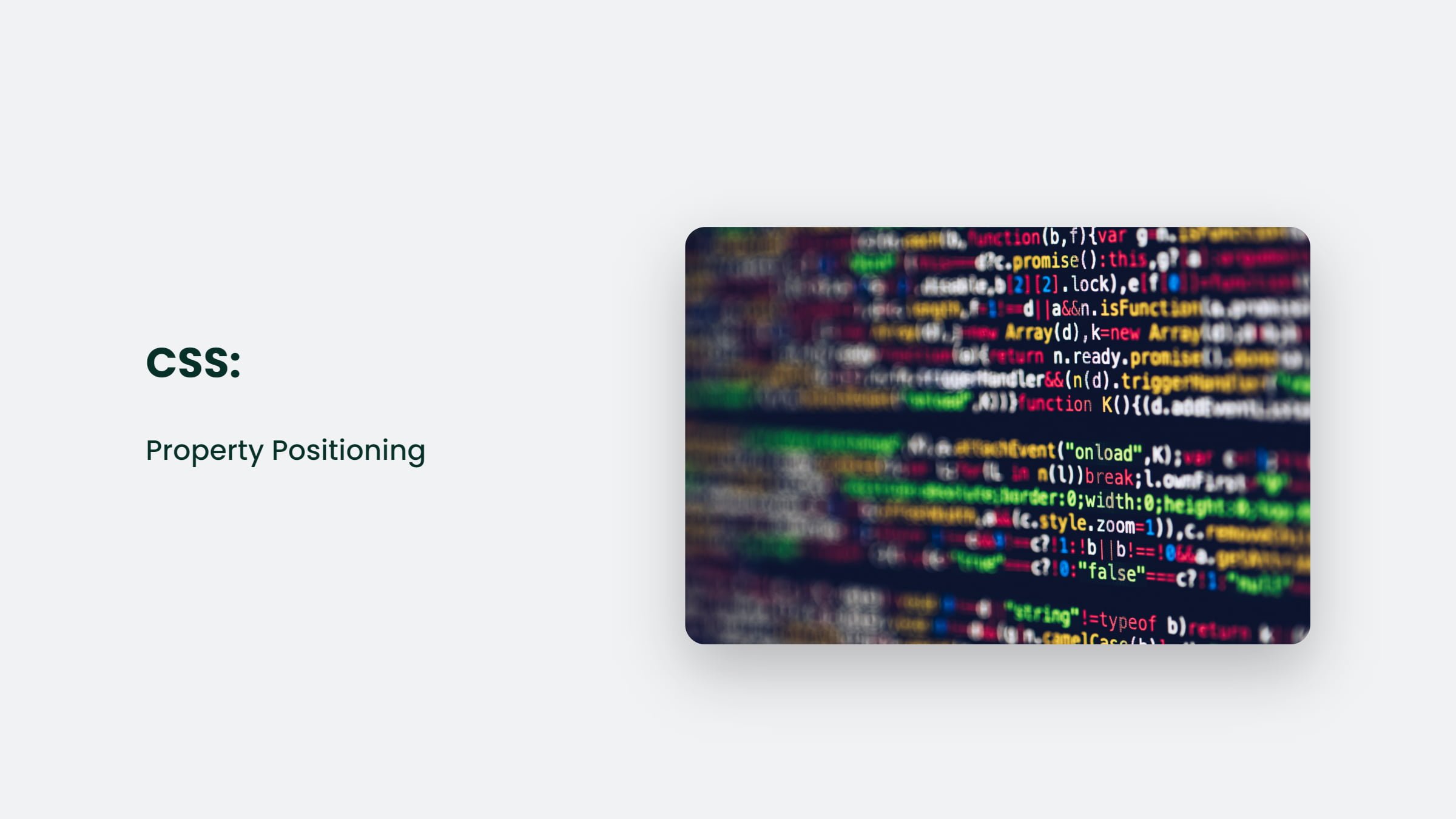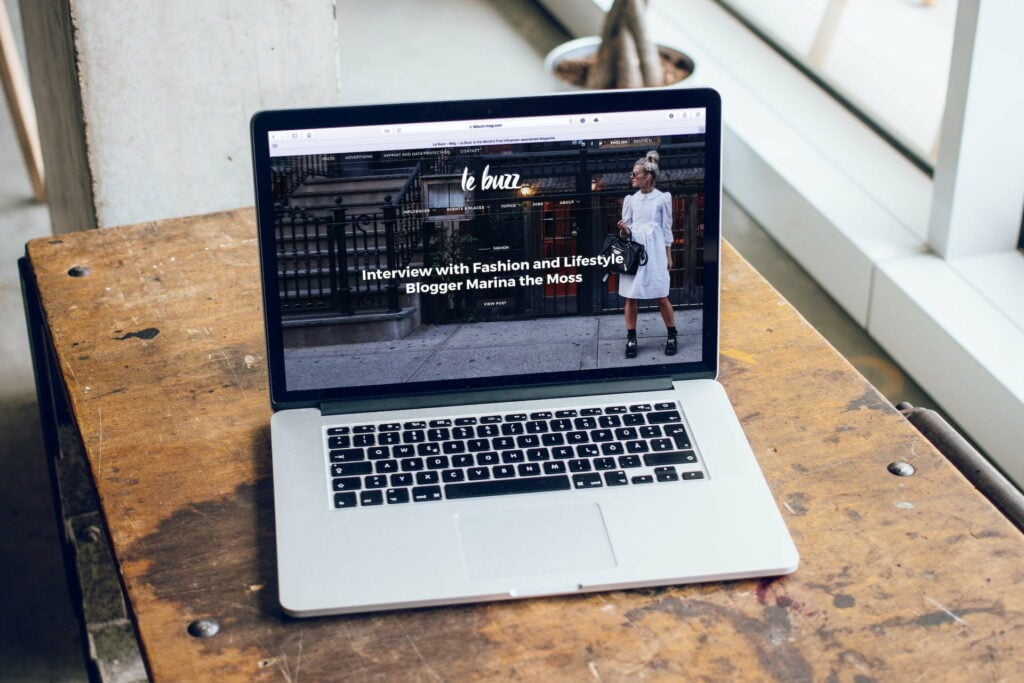

CSS Position Property: Crafting Flexible Layouts

As Seen On
CSS is a must-have tool when creating visually stunning websites in any developer’s toolbox. One of the most powerful and versatile properties in CSS is the “position” property. This property allows you to control the positioning of elements on a web page, allowing you to create unique and engaging layouts.

The Basics of Positioning:
The position property in CSS has four possible values: static, relative, absolute, and fixed. The default value for this property is “static”, which means that the element will be positioned according to the normal flow of the page.
“Relative” positioning allows you to move an element relative to its original position. “Absolute” positioning takes the element out of the normal flow of the page and positions it based on the nearest positioned ancestor. Lastly, “fixed” positioning allows you to fix an element in a specific location on the screen, regardless of scrolling.
Creating Layouts with Positioning:
One of the most common uses of positioning in CSS is to create unique and engaging layouts. By combining different values of the position property with other layout-related properties such as “top”, “left”, “right”, and “bottom”, you can create complex and visually exciting layouts that are not possible with traditional layout techniques.
For example, you can use absolute positioning to create a header fixed at the screen’s top and a footer fixed at the bottom. You can also use relative positioning to create a sidebar that is positioned next to the main content or use fixed positioning to create a floating navigation menu that follows the user as they scroll.
The Bottom Line:
The position property in CSS is a powerful tool that allows you to control the positioning of elements on a web page. By understanding the different values of this property and how they can be combined with other layout-related properties, you can create unique and engaging layouts that are impossible with traditional layout techniques. Whether you are a beginner or an experienced developer, mastering the position property is an essential step towards creating visually stunning websites.
Konger
Up until working with Casey, we had only had poor to mediocre experiences outsourcing work to agencies. Casey & the team at CJ&CO are the exception to the rule.
Communication was beyond great, his understanding of our vision was phenomenal, and instead of needing babysitting like the other agencies we worked with, he was not only completely dependable but also gave us sound suggestions on how to get better results, at the risk of us not needing him for the initial job we requested (absolute gem).
This has truly been the first time we worked with someone outside of our business that quickly grasped our vision, and that I could completely forget about and would still deliver above expectations.
I honestly can't wait to work in many more projects together!
Disclaimer
*The information this blog provides is for general informational purposes only and is not intended as financial or professional advice. The information may not reflect current developments and may be changed or updated without notice. Any opinions expressed on this blog are the author’s own and do not necessarily reflect the views of the author’s employer or any other organization. You should not act or rely on any information contained in this blog without first seeking the advice of a professional. No representation or warranty, express or implied, is made as to the accuracy or completeness of the information contained in this blog. The author and affiliated parties assume no liability for any errors or omissions.

